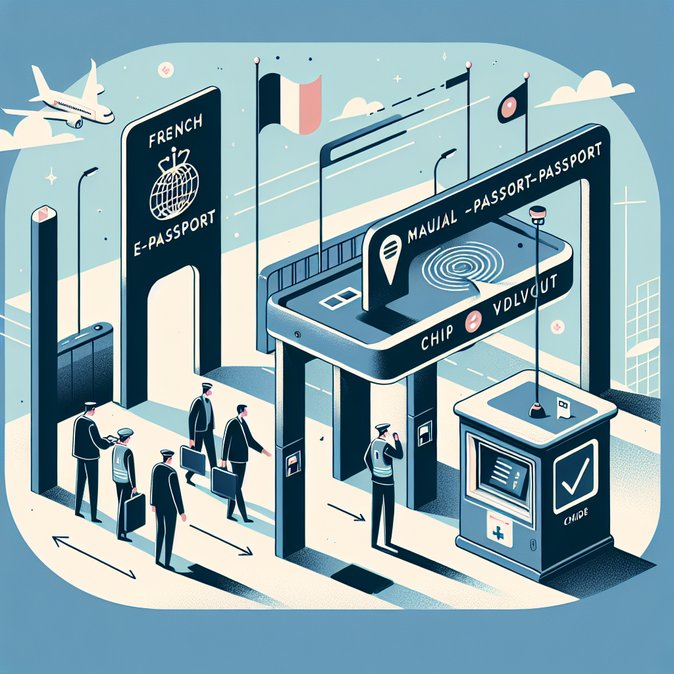
In a follow-up piece published the same morning, The Connexion looked at the traveller journey post-registration. Once biometric data are stored, subsequent crossings simply require a passport scan and a live facial image, reducing booth time to under one minute in lab tests.
The article highlights two caveats particularly relevant to corporate mobility managers. First, passports must be machine-readable and contain an electronic chip; otherwise, the traveller is diverted to a staffed counter, negating any time savings. Second, if a traveller renews her passport, she must re-enrol fingerprints and a facial scan, as the EES record is tied to the document number.
French authorities are keen to push ‘self-service first’ but admit that only around 45 % of EES kiosks were operational by 23 October because of delayed software certification. A mobile pre-enrolment app is promised for early 2026, but not in time for the Christmas peak.
The take-away for global-mobility teams: verify that assignees’ passports have at least six months’ validity and a functioning chip before booking travel. Otherwise, they risk missing tight connection windows at Paris-CDG or Eurostar’s London St Pancras terminal.
The article highlights two caveats particularly relevant to corporate mobility managers. First, passports must be machine-readable and contain an electronic chip; otherwise, the traveller is diverted to a staffed counter, negating any time savings. Second, if a traveller renews her passport, she must re-enrol fingerprints and a facial scan, as the EES record is tied to the document number.
French authorities are keen to push ‘self-service first’ but admit that only around 45 % of EES kiosks were operational by 23 October because of delayed software certification. A mobile pre-enrolment app is promised for early 2026, but not in time for the Christmas peak.
The take-away for global-mobility teams: verify that assignees’ passports have at least six months’ validity and a functioning chip before booking travel. Otherwise, they risk missing tight connection windows at Paris-CDG or Eurostar’s London St Pancras terminal.








